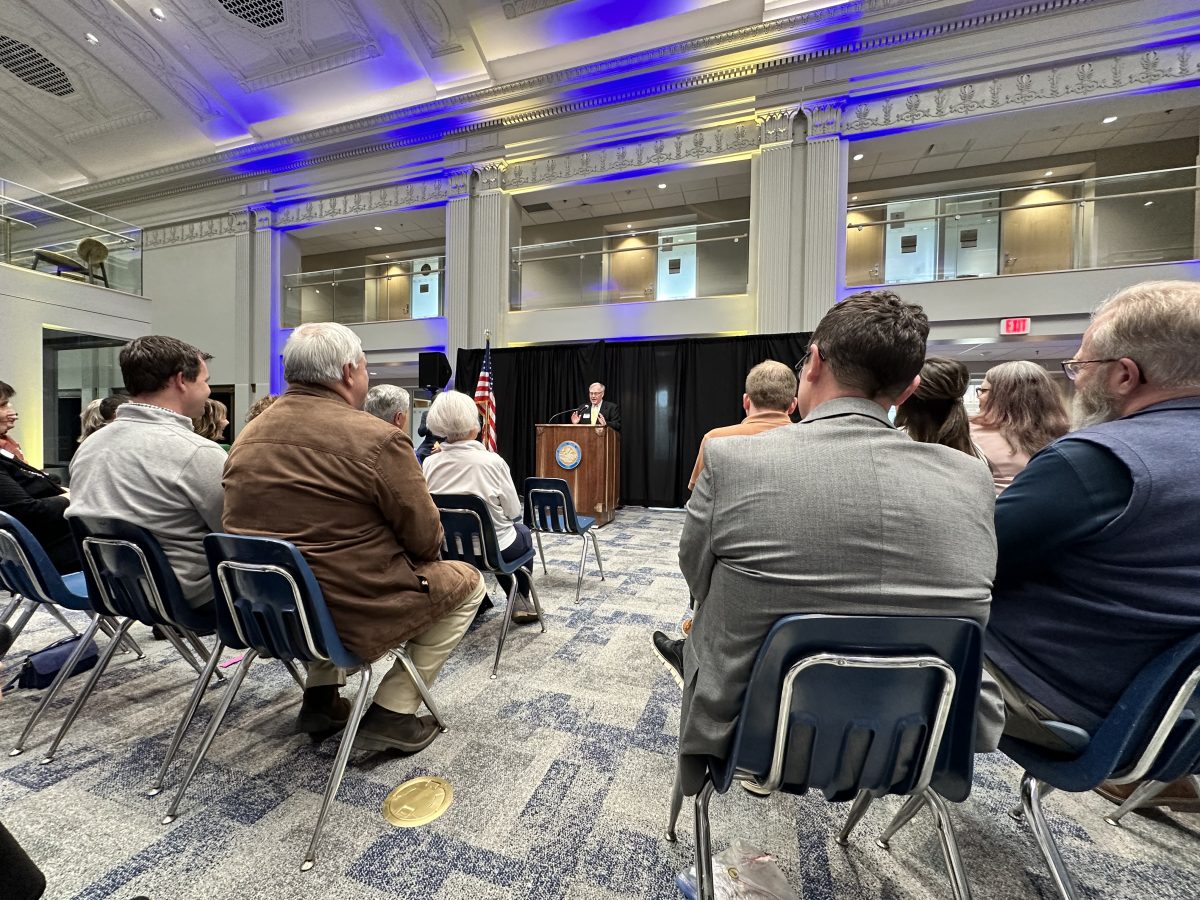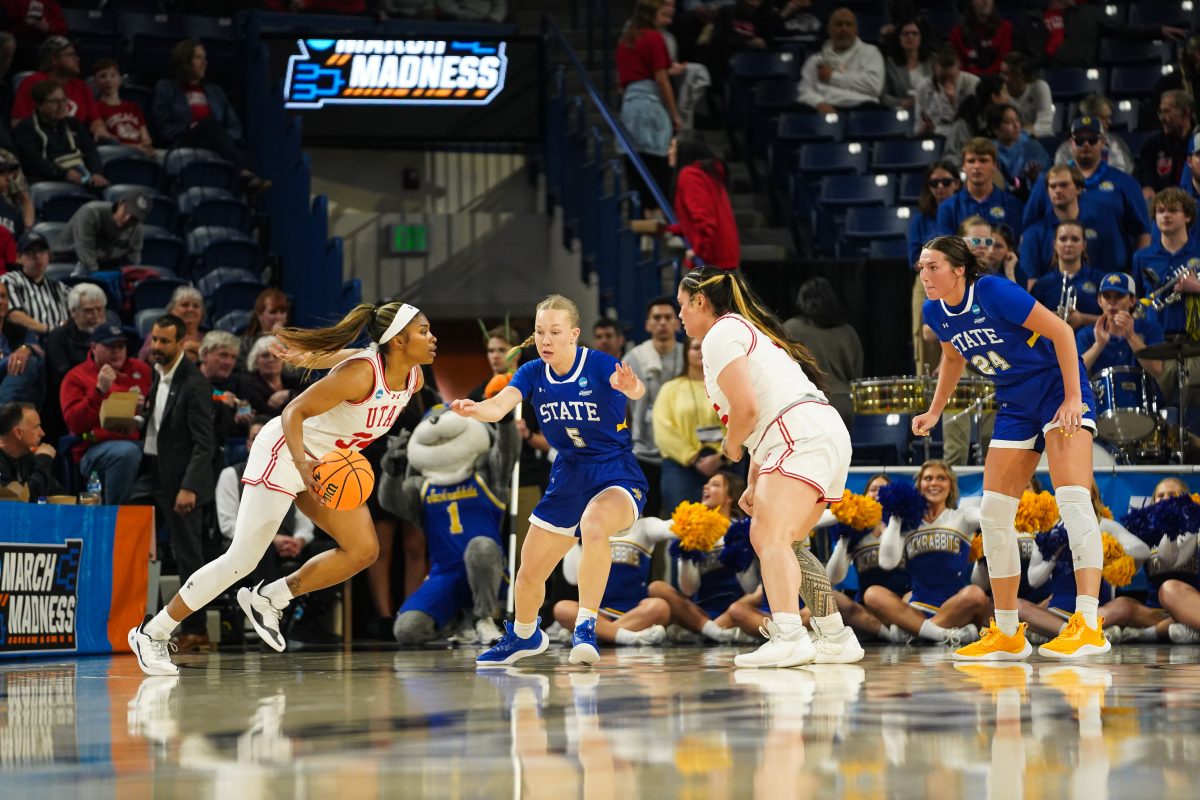Effects of Dating Violence Hits Very Close to Home
October 21, 2003
Last week’s assault in Young Hall has put the quiet horrors of dating violence in the subconcious of many SDSU students.
“It scares me,” said senior human development major Amber Toennis, “Us women have no skill in how to protect ourselves. We are kind of helpless.”
Dating violence may be defined as the perpetration or threat of an act of violence by at least one member of an unmarried couple on the other member within the context of dating or courtship.
This violence encompasses any form of sexual assault, physical violence, and verbal or emotional abuse.
Violent behavior that takes place in a dating relationship is not a rare event.
Estimates vary because studies and surveys use different methods and definitions of the problem.
According to the Center for Disease Control, prevalence rates of nonsexual dating violence range from 9 percent to 65 percent, depending on whether threats, and emotional/verbal aggression were included in the definition.
The average rate of nonsexual dating violence is 32 percent among college students.
It has also been found that women are more likely than men to report violence.
Studies of college students reflect that both men and women inflict and receive dating violence in equal proportion.
But, women are victims more often than men and also suffer more injuries.
Nearly half of all rapes reported to the police by women are committed by someone the victim knows.
On college campuses, 80 to 95 percent of the rapes are committed by acquantances.
The Chronicle of Higher Education posts the numbers of reported criminal offenses on college campuses.
According to their website, the numbers for South Dakota State University consistently are relatively low.
“We don’t have very many,” said UPD police chief Tim Heaton, “I’m sure that stuff goes on. As a general rule, we don’t have very many assaults. It’s a fairly well-behaved campus.”
Alcohol is many times a common factor in most cases of dating violence.
Other factors associated with assault perpetration include an acceptance of dating violence by the aggressor.
A history of observing and experiencing relationship violence by both the victim and the aggressor has proven to also be a major influence.
Heaton stresses that crimes that occur between two acquantances can only truly be prevented by those who are at risk of being victimized.
“Keep your mind on your own safety,” said Heaton, “The UPD can’t be everywhere, and students should help us out by telling people where they are going, traveling in groups, and locking their doors. Bad situations between people between people that know each other comes as a suprise to everyone and there’s not much to be done about them besides dealing with them afterwards.”
Many students reflect Heaton’s view on prevention.
“I don’t really know if it can be prevented,” said Toennis, “There’s nothing we can do without making people feel like they’re being babysat. That girl was really lucky, it could have been bad.”






















